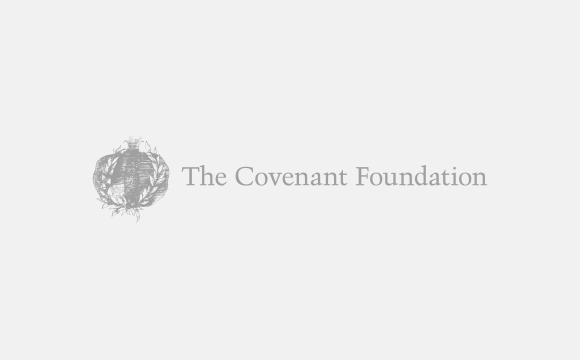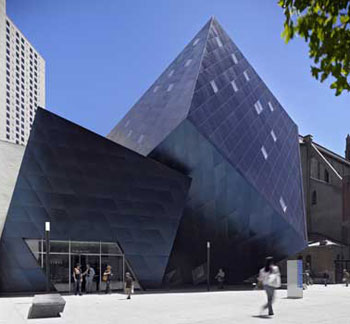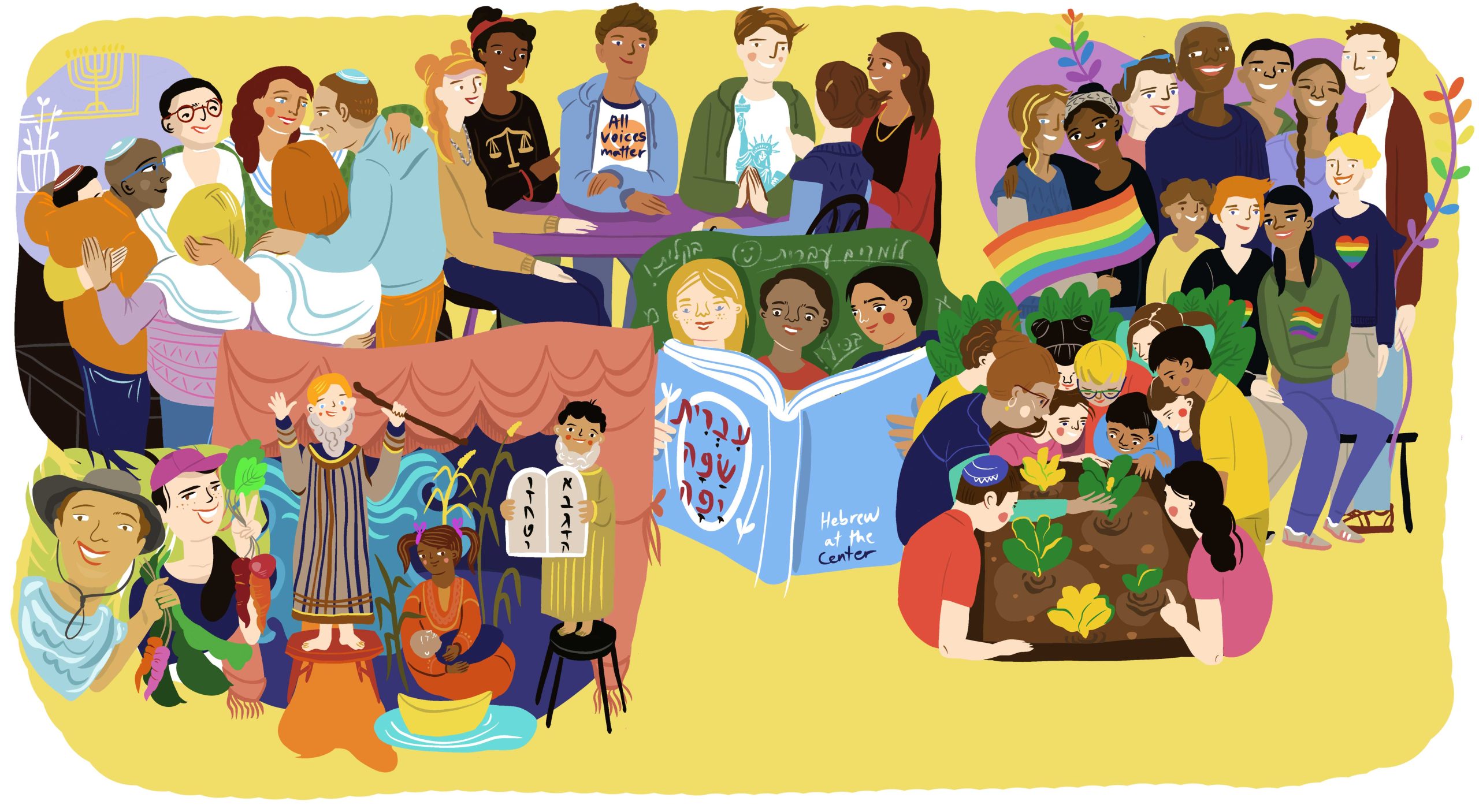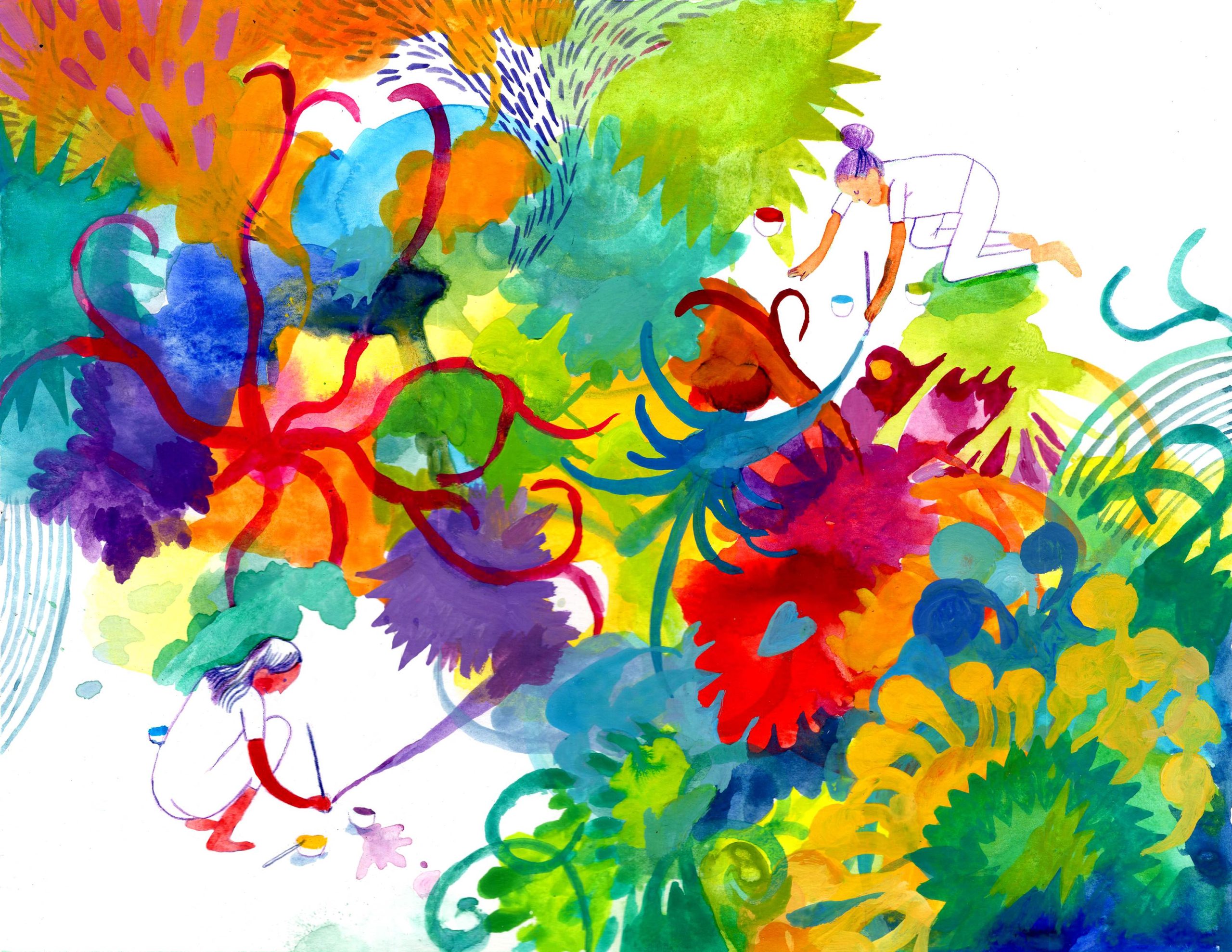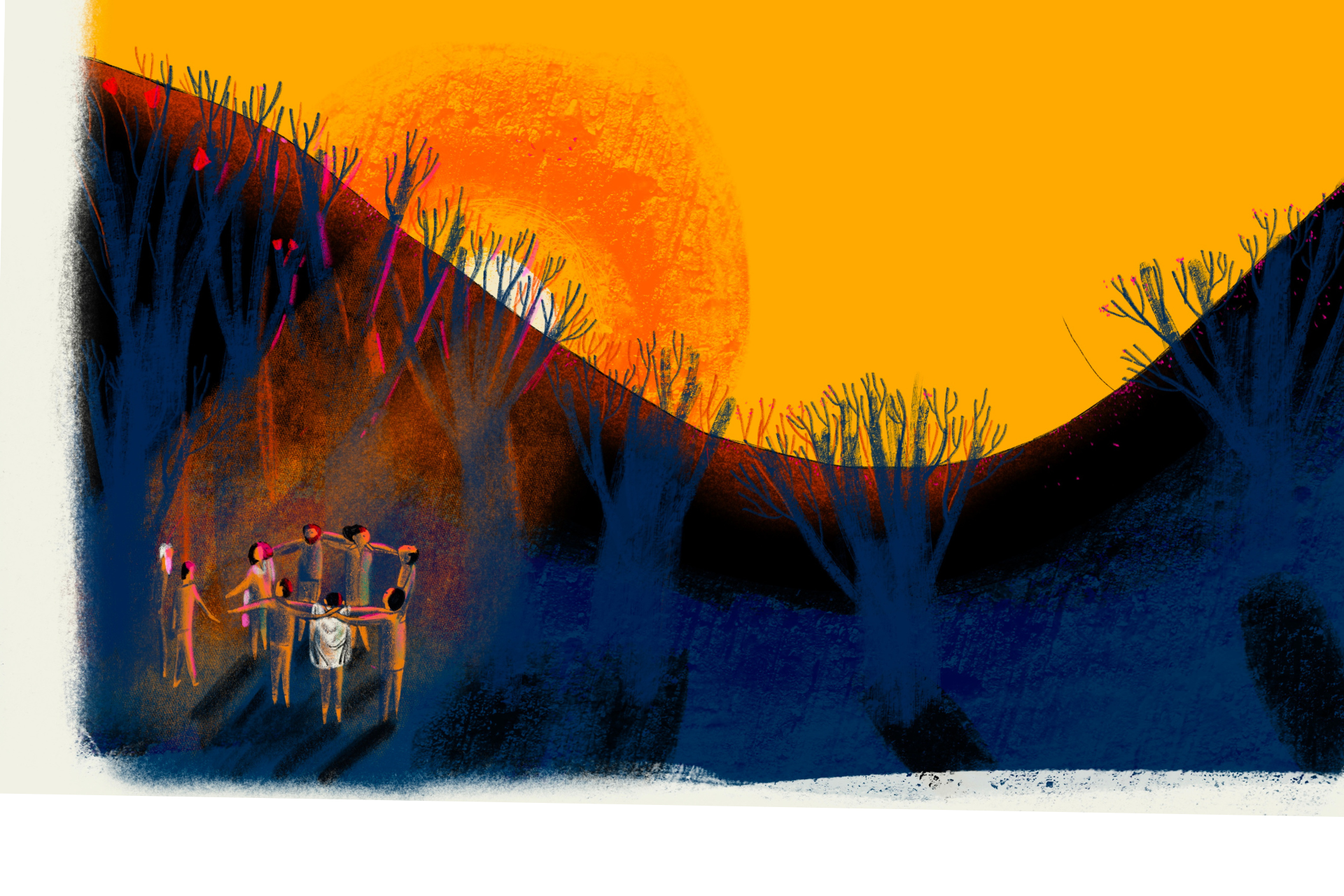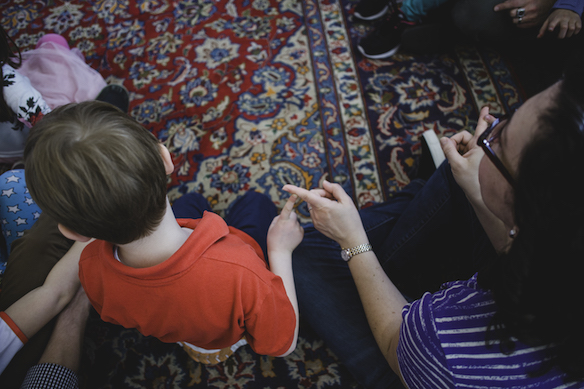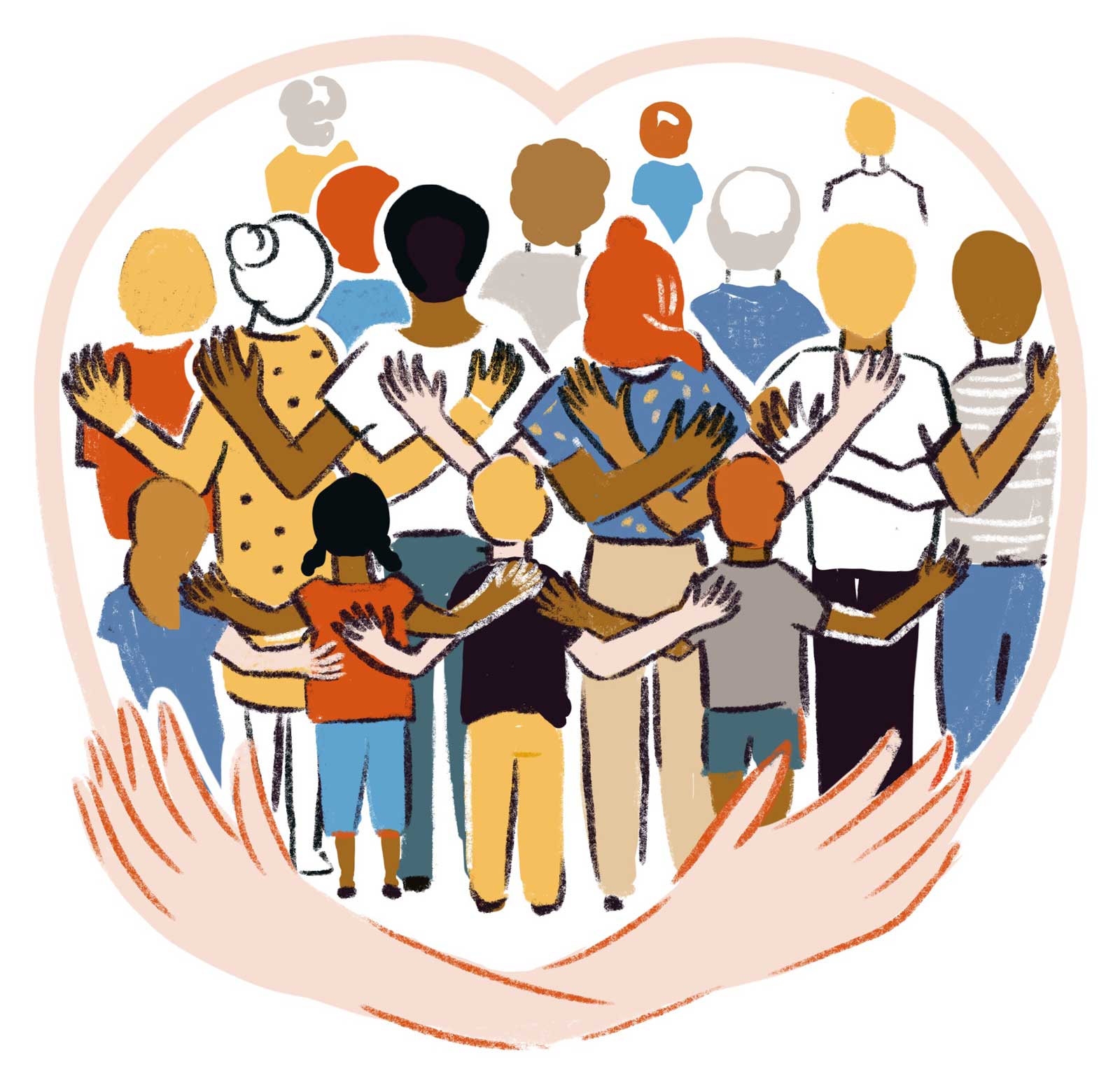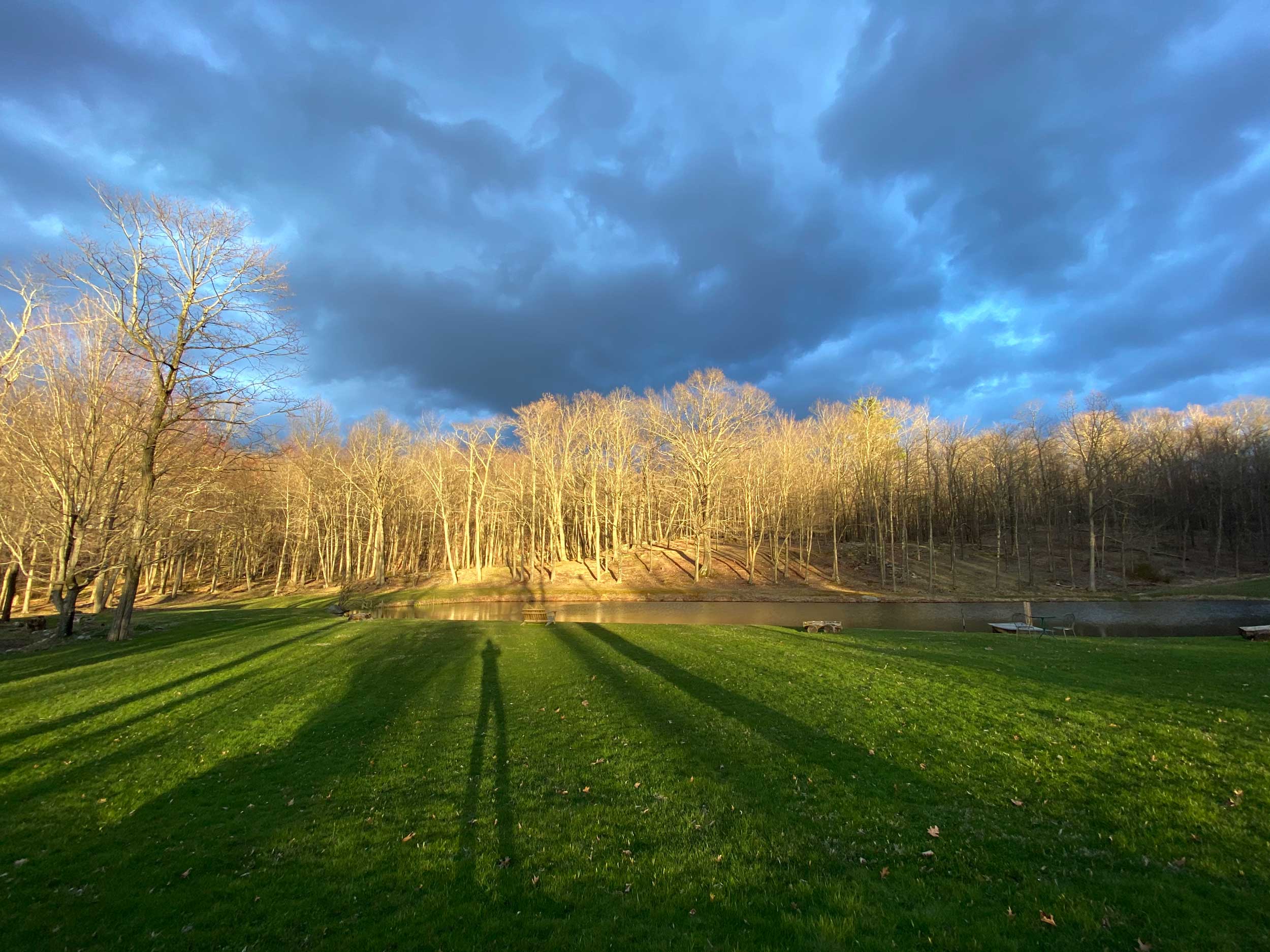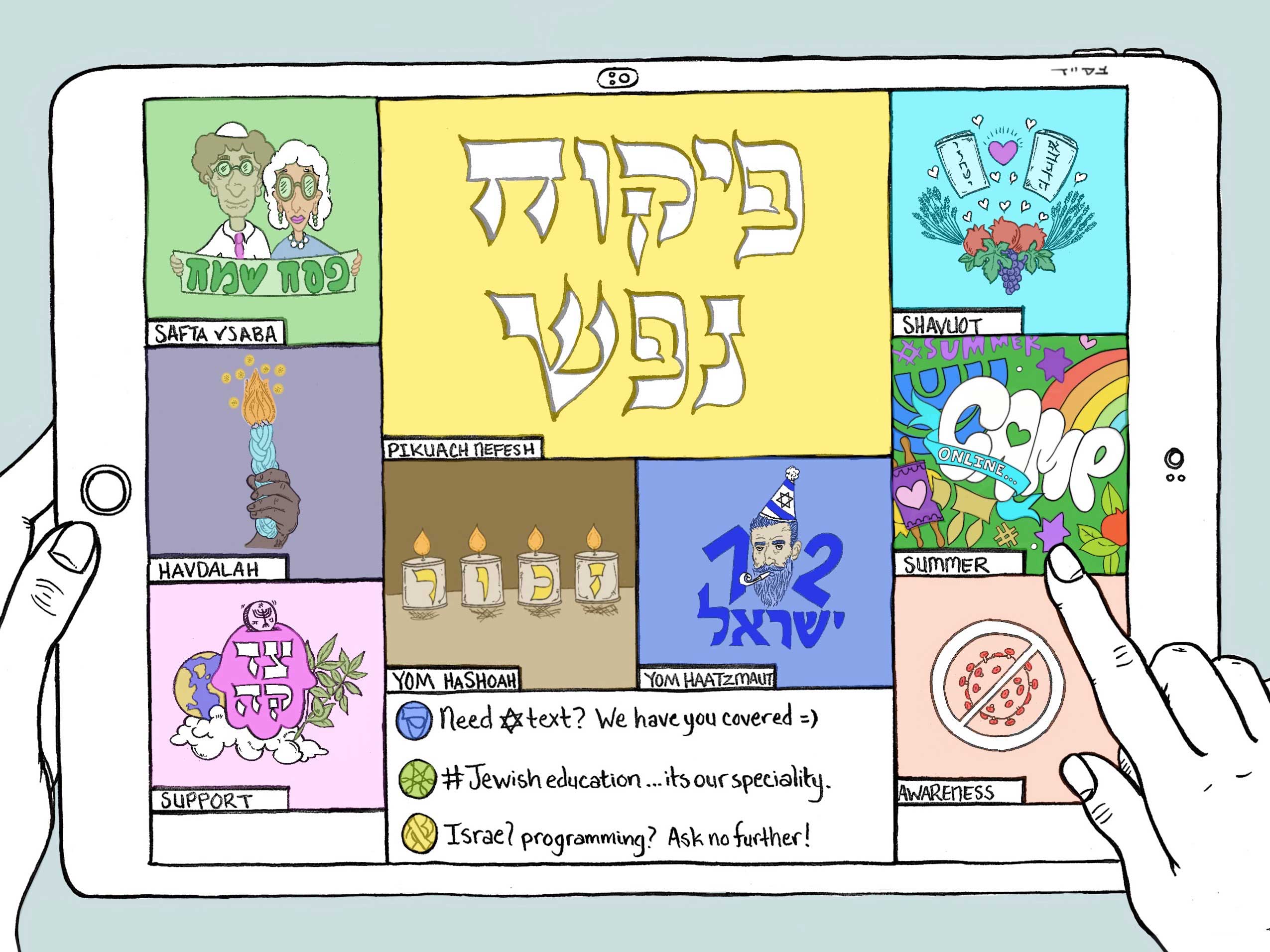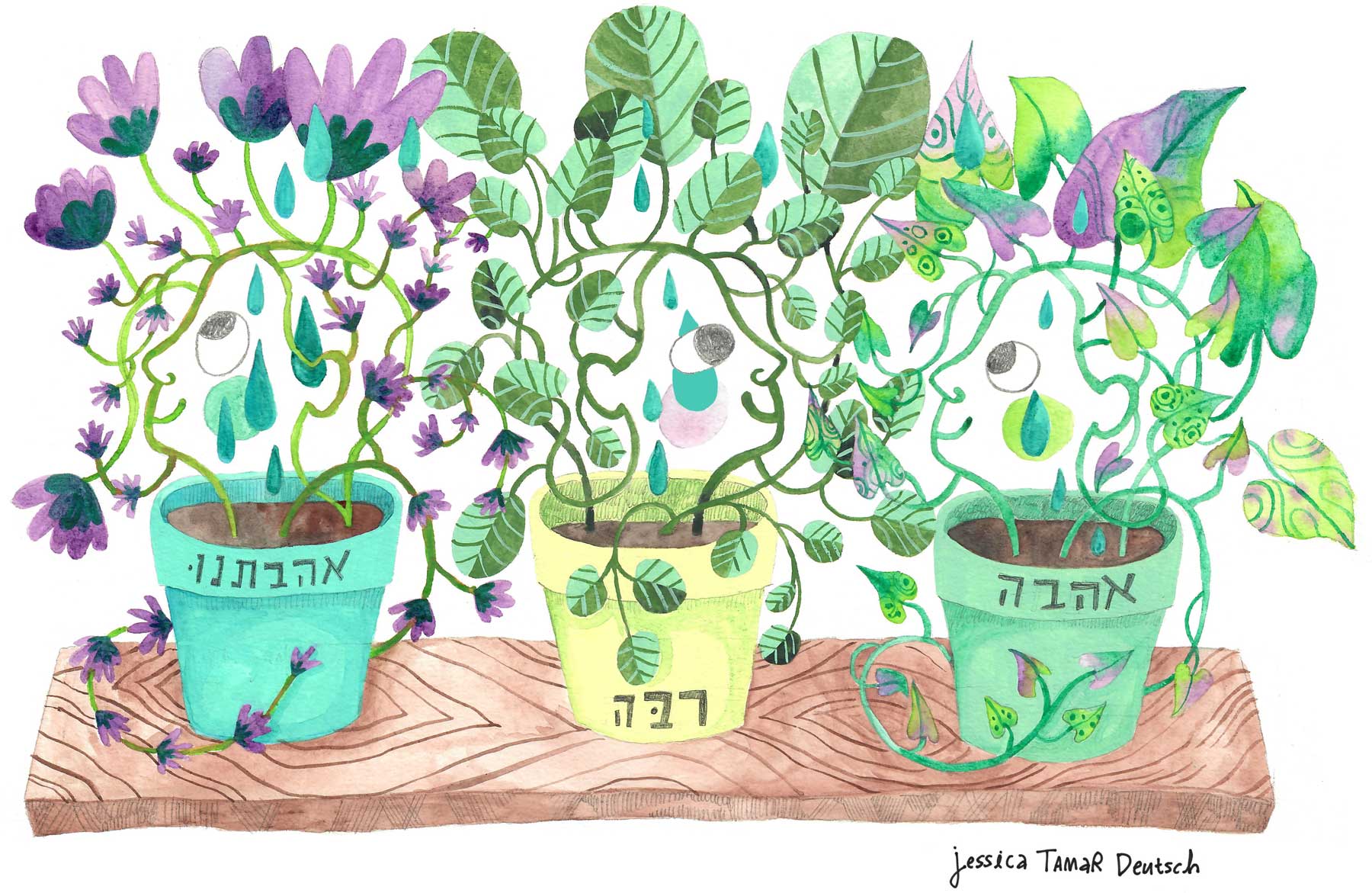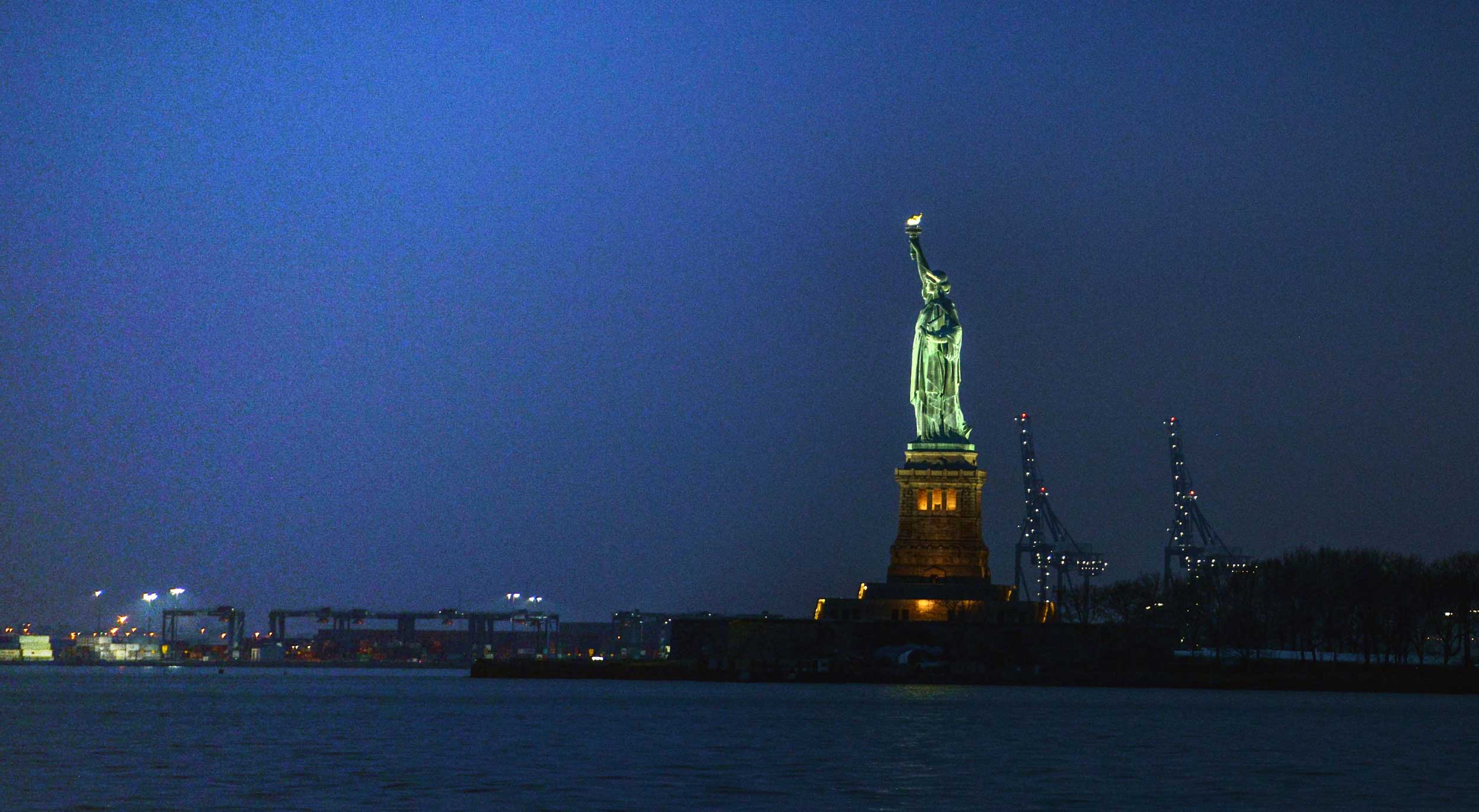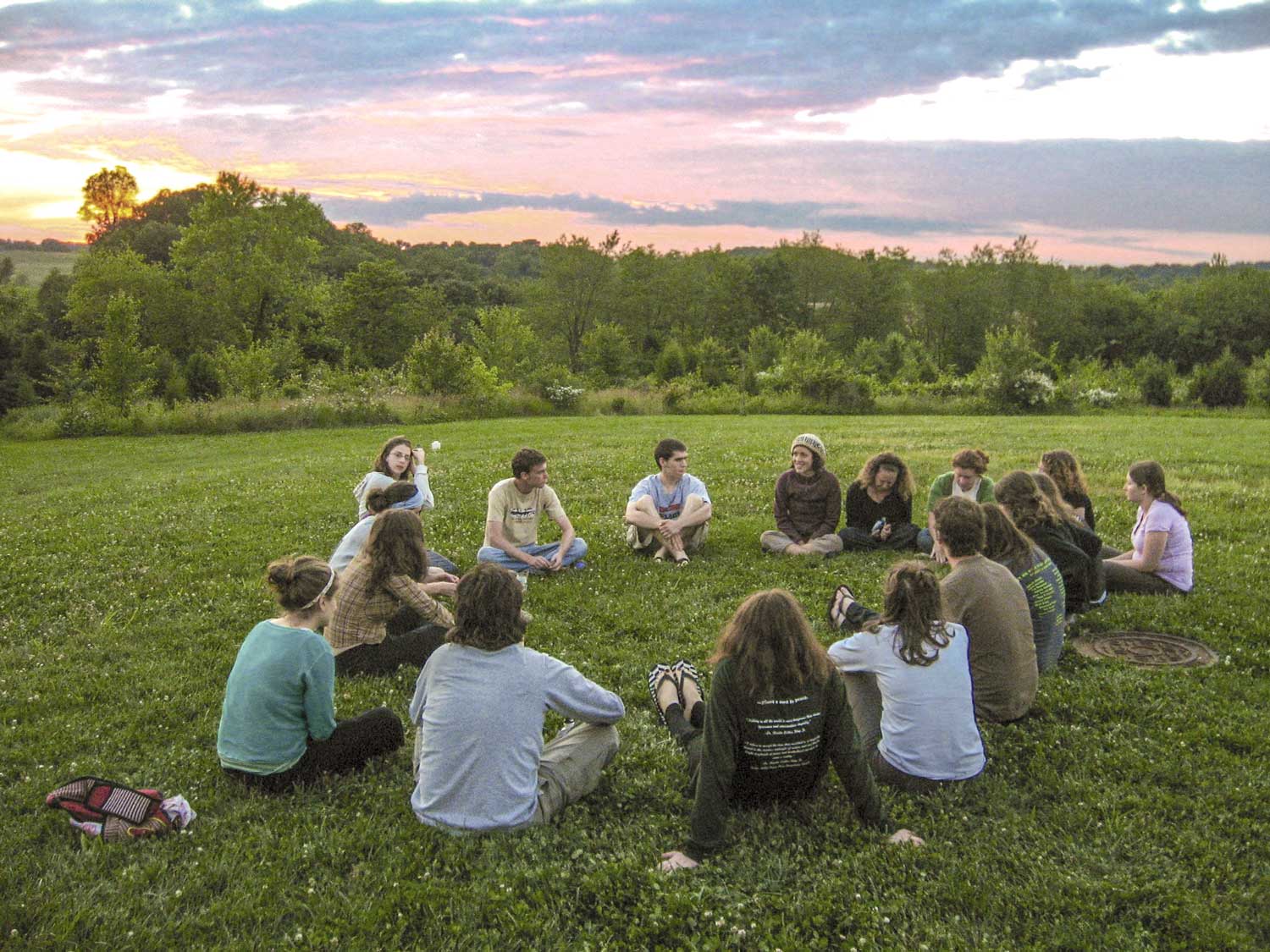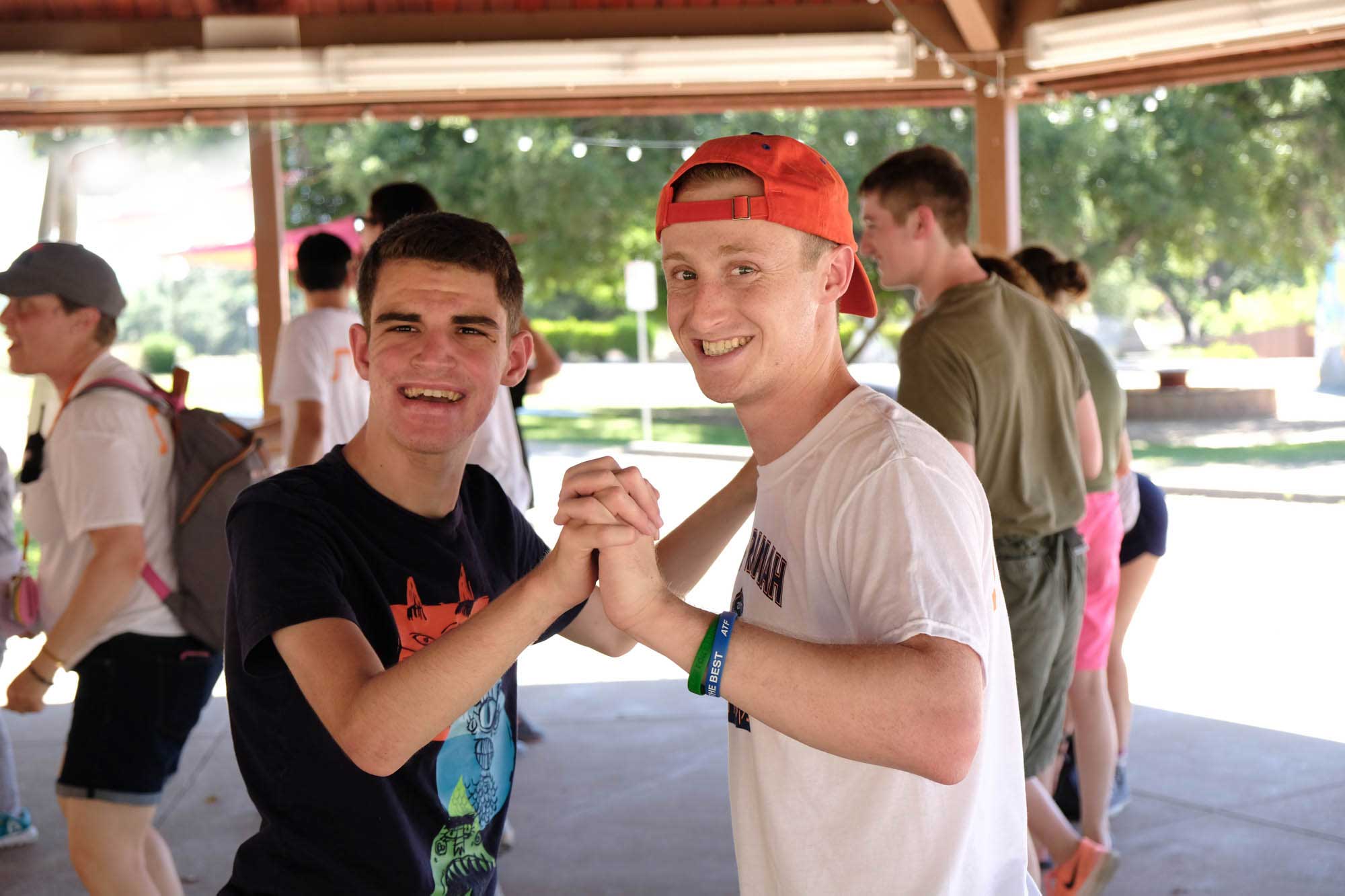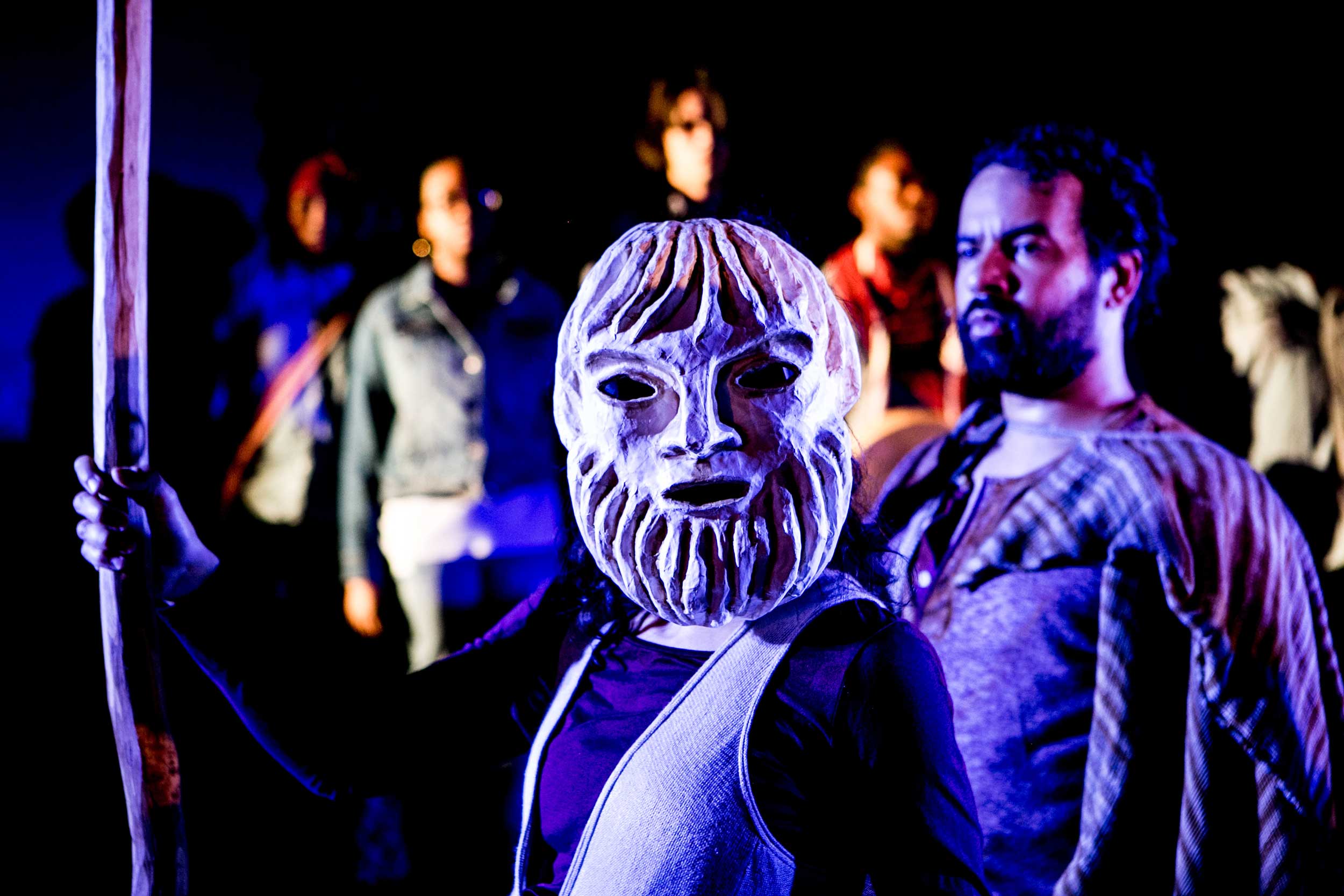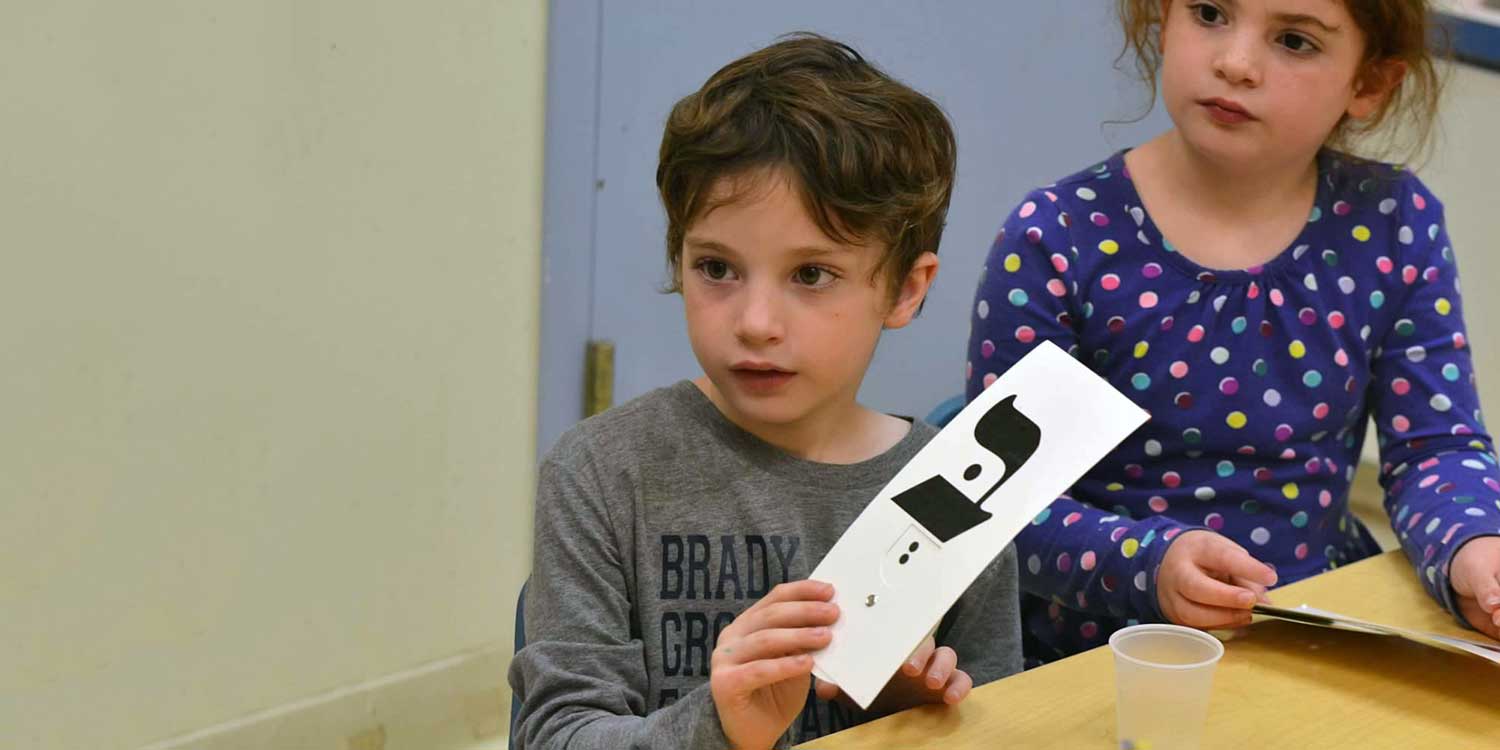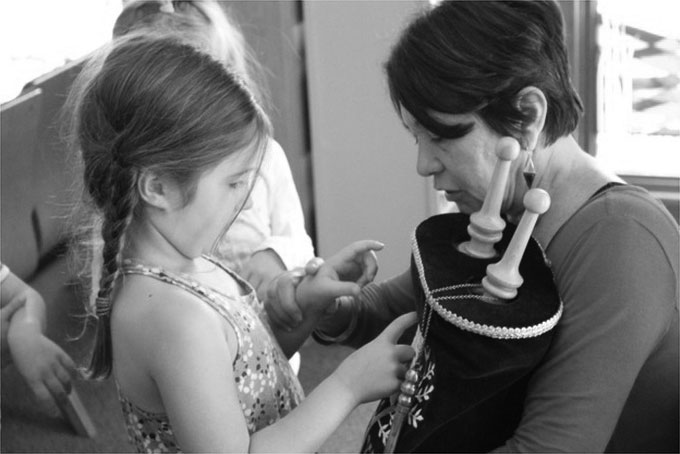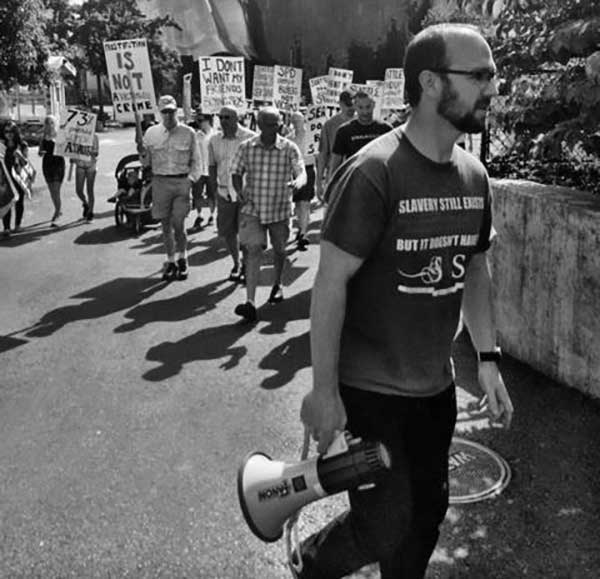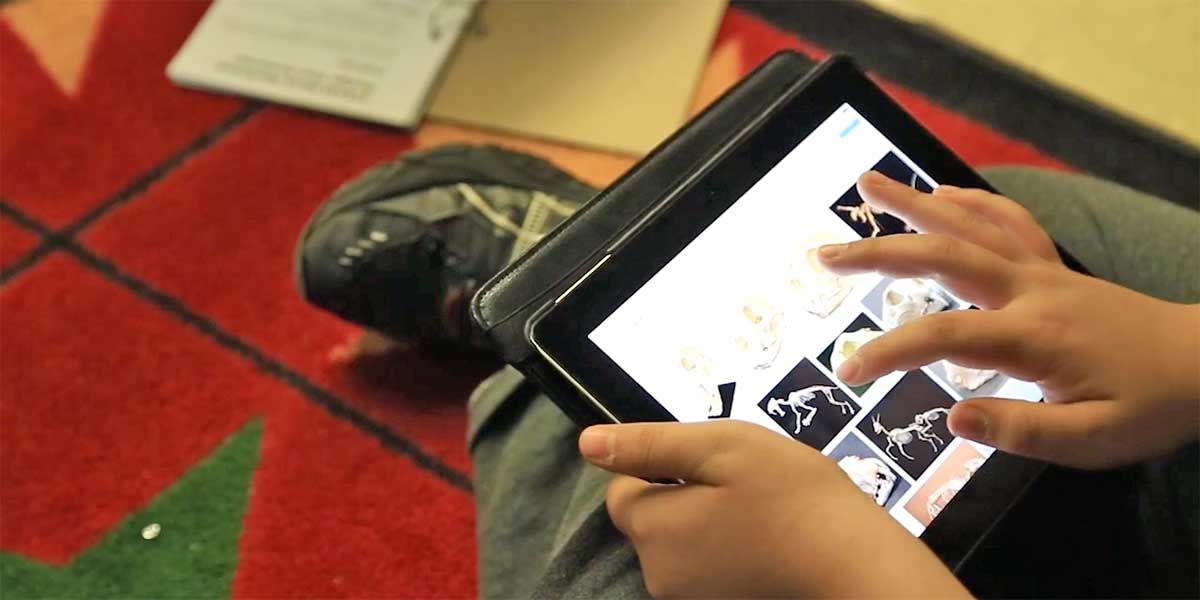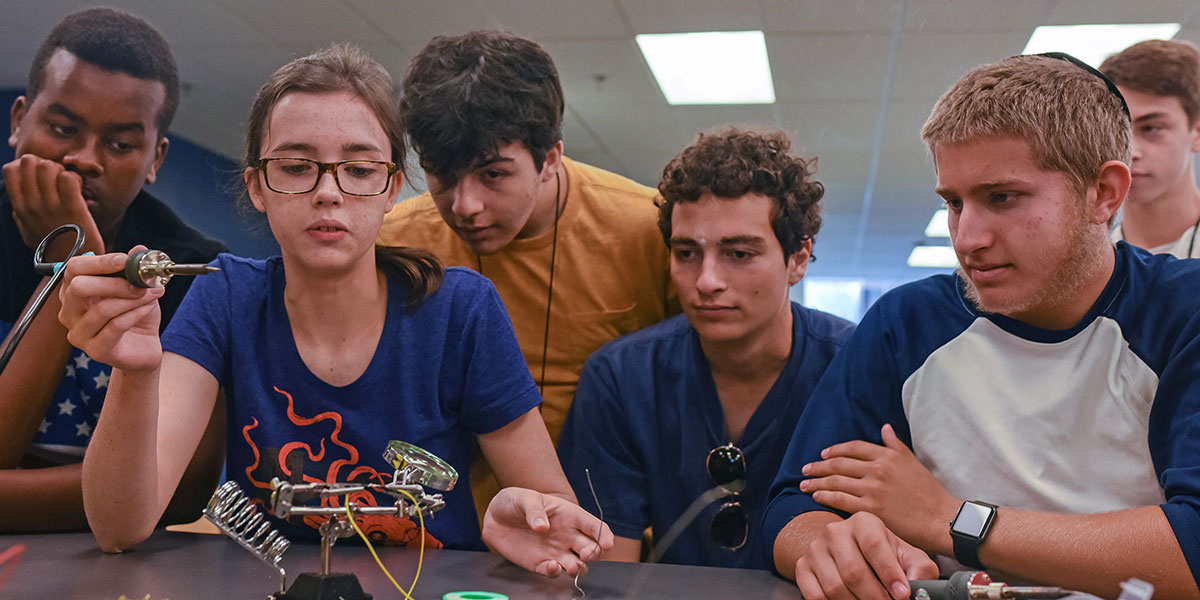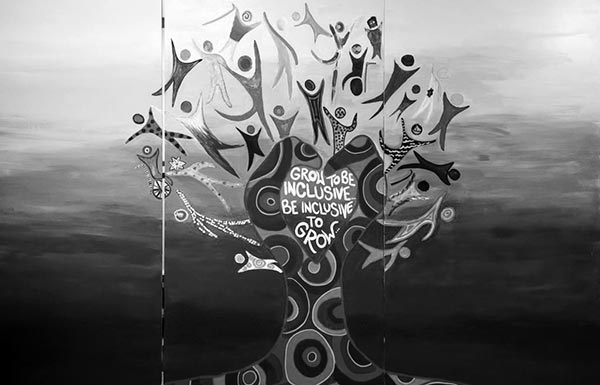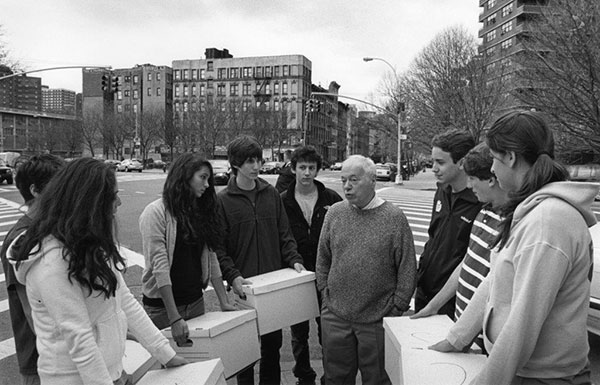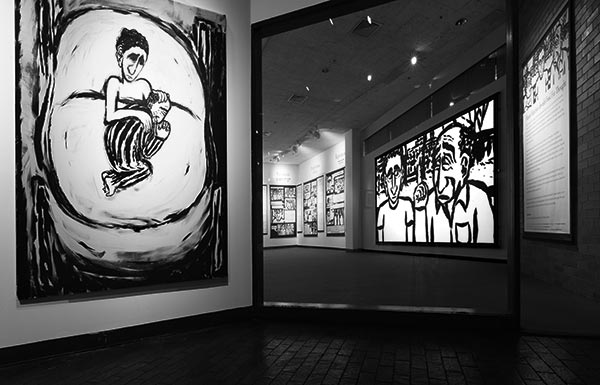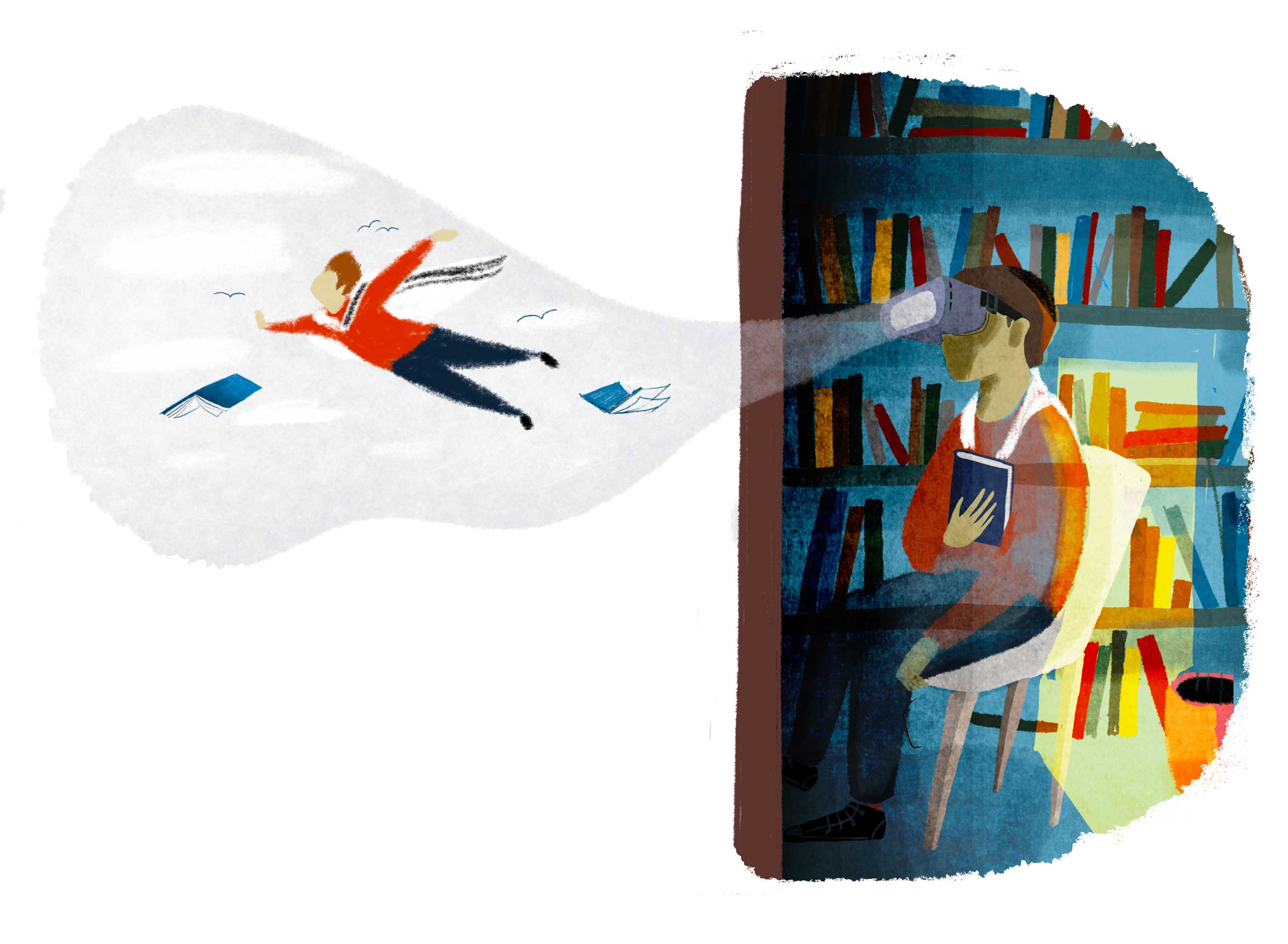
ARTICLE It’s All About that Place: Experimenting with Virtual Reality and Prayer
Does where you pray affect how you pray?
This is a question that Oren Kaunfer, the madrich ruchani (spiritual educator) at JCDS: Boston’s Jewish Community Day School, has been considering for quite a while. It’s part of his larger goal of engaging students in t’fillah, and, as he explains it, the older the students are, the more central this challenge becomes.
“Lower school students tend to be naturally engaged in prayer through music and an innate young person’s wonder,” Kaunfer said. “They also lack the self-consciousness that starts to appear in later tween or teen life.”
Once kids reach middle school, melodies for certain prayers may feel old, or perhaps the awkwardness that’s part of reaching adolescence inhibits the kind of soulful singing these students once enjoyed.
“We’re always trying to think of different avenues into t’fillah, methods that are both creative and experimental,” Kaunfer added.
With a background in producing animation for television, Kaunfer brings a tech element to his work at the school. Several years ago, he experimented with projecting different images onto the ceiling of the school synagogue, “planetarium style,” he said. Kaunfer calls these special additions “t’fillah power ups,” because they enhance the everyday prayer ritual.
“I’m always looking for ways to embrace tech in the service of t’fillah, because tech is the native language of our students,” he said.
But perhaps nothing to date has embraced technology more than Kaunfer’s latest endeavor: using virtual reality to help kids deepen their prayer experience.
In the virtual reality (“VR”) world, a key term is “presence,” which refers to how a person using VR may genuinely feel as if they are inhabiting the environment they see through their goggles. In some cases, they may even physically react to VR stimuli, by registering an increased heart rate when looking out from the top of a virtual skyscraper, for example.
In the world of t’fillah, presence is a key term, too. Together with kavanah, or intention, it’s a recipe for meaningful prayer experience.
One day not that long ago, Kaunfer and his colleague Jared Matas, who was then the STEAM director at JCDS, had a mutual brainstorm. What would happen if they employed VR during t’fillah?
“Oren and I wondered if using VR could allow kids to feel like they’re not in their school building while they pray, but rather, in the mountains, or in Israel, or at the ocean,” explained Matas.
Luckily, VR goggles, which used to be cost prohibitive, have recently become much more affordable. So with this unique idea in mind, they bought a few sets of goggles and started testing the equipment.
“For our first tests, we took a 360 camera and drove out to two of our students’ most beloved summer camp sites and got video footage of iconic camp locations,” Kaunfer said. (A 360 camera has a 360-degree field of view and captures everything around the sphere.)
“Imagine students putting on the goggles in May, when they haven’t been to their camp for almost a year, and all of a sudden they are transported to their favorite spot, lakeside at camp...it’s pretty awe inspiring,” he said.
Kaunfer explained that emotional connection to a specific place is one of the “x factors” essential for spiritual encounters. He referenced the work of Rabbi Michael Shire, who studies spirituality and children; Shire teaches that spiritual encounter is paramount in nurturing religious development in children.
“Whenever I speak to anyone about their most spiritual moment, a moment when they felt a connection to God, or to something bigger than themselves, I often hear that such a moment occurred in a natural setting,” Kaunfer said.
Shira Deener, Head of School at JCDS, echoed the idea. “Prayer, in its very nature, is particularly personal,” Deener said. “And the setting in which we pray can have a powerful impact on one's experience.”
Kaunfer received a Covenant Foundation Ignition Grant in January of 2020, to support this experimental t’fillah pilot program at JCDS.
The program began with informal tests of the technology with students. Kaunfer explained that it was important to make sure the VR use was regulated, and that there was a system for how it would work. They wanted to keep the experiences short and well-framed, too.
Eighth grade students tried out the technology first, with the option of exploring a 15-minute “VR mincha.” First, they had a quick tutorial on how to use the goggles, and then put on a headset which allowed them to choose from 18 different natural locations. Once they had settled on their virtual location, Kaunfer instructed the students to “be in that location” as they began chanting the ashrei prayer.
“Ashrei opens with the words ‘ashrei yoshvei beitecha,’ ‘happy are those who sit in the house of God,’” Kaunfer said. “And as they chanted those words, the students were literally immersed in god’s creations, regardless of which natural landscape they chose to explore.” Kaunfer then gave students a few minutes to just ‘be,’ while he played guitar.
“Right when we finished the ashrei, one of our students spontaneously broke into the shehechiyanu prayer,” Kaunfer shared. “It was an awesome moment and showed just how immediate and powerful the connection was for the students.”
With the seventh grade, Kaunfer tested out the technology during a morning service, using psalm 148 of the psukei dezimra in the same way.
“Psalm 148 is an anchor text of the morning service,” Kaunfer said. “It’s all about the natural world, the sky, the seas, the mountains, the trees… so when the students put on the goggles, the kavanah of the prayer was magnified, quite literally.”
The goal of experimenting with VR during t’fillah is not to entice the students to put on the goggles every time they pray, but rather, it’s the opposite: when they find themselves in a beautiful natural setting, perhaps they might think to themselves, “this is a prayerful space.”
“The idea is to keep the VR experience short but impactful,” Kaunfer said.
Of course, once the Covid-19 pandemic forced school to shut down last spring, Kaunfer (along with educators everywhere) had to quickly rethink plans for the project.
Initially, he wasn’t sure how the project could continue, given that the headsets were stuck inside the school and the kids were stuck inside their houses. But pretty quickly, he realized that by sanitizing the goggles and offering contactless drop offs at his students’ homes, he could continue the experiment, albeit in a newly remote—and ultimately super meta—way.
Once everyone was in quarantine, he drew on some of the skills he knew his students already had, to further their VR t’fillah exploration.
“We had started incorporating coding into our t’fillah electives a few years ago,” Kaunfer explained. In “Coding T’fillah" the students learn real coding in the service of making web-based applications to improve or enhance the t’fillah experience for their peers.
“One of the most interesting coding apps we have allows the user to enter in data about feelings,” Kaunfer continued. “You can tell the program ‘I feel X, and I want to feel Y.’” The app then recommends a few prayers to help the user address their mood.
It just so happens that there’s a VR app for that, too. Liminal asks the user how they’re feeling, and then the user chooses a VR experience. After that, the user assesses their mood again, generally finding that it has improved. Kaunfer was excited to let students explore this and debriefed it with a t’fillah connection.
“There’s been a lot of research done on how physical and mental experiences can change your emotions,” Kaunfer explained. “And that’s one of the goals of t’fillah, too. You begin your prayers with a certain kavanah, perhaps you’re feeling lost and want to feel comforted, or perhaps you are low energy and want to feel more energized. Prayer can do that for you.”
Kaunfer also employed VR to mitigate student disappointment when the annual 7th grade Teva camping trip was cancelled.
“We really wanted to give them something special for those three days when they would have been on the trip,” he said. “And it dawned on me that we could do a virtual trip into nature. Jared and I built a three-day arc of programming that included some actual time outdoors, more experiments in VR t’fillah, and then in Zoom chavruta, the students building their own virtual worlds as reflections of the morning prayers. The culmination of the ‘trip’ was when we travelled from virtual world to world, literally traveling through shacharit in VR.”
Kaunfer is hoping that at some point this fall he can reconvene in person with his students to continue their prayer journeys. In particular, he’s looking forward to having more time to reflect on the VR t’fillah experiences that the students have had thus far, though there was some processing happening even before school shut down.
“What we did learn so far is that the kids really appreciated the solitary experience of using the goggles during prayer. In fact, many of them wrote about how much they enjoyed being alone, and I think that’s a really valuable aspect of t’fillah that’s also really hard to teach.”
Kaunfer added that in one particularly moving 360-degree video from the International Space Station that his students viewed, an astronaut shares, “I thought to myself, this is something human eyes are not supposed to see. This must be the view from heaven.”
“He is practically invoking the words of siddur,” Kaunfer exclaimed. “It is incredible to be able to give this immersive experience to students and even more powerful to directly connect it to t’fillah.”
By Adina Kay-Gross, for The Covenant Foundation
More to Consider
- JCDS Students Experience a “Coding Tfillah” (video)
- Experience on Demand by Jeremy Bailenson
- Virtual Human Interaction Lab at Stanford
- Taking a Week to Solve Real World Problems (By Jared Matas for eJewish Philanthropy)
- Are Your Students Partners in Creation? (By Jared Matas for eJewish Philanthropy)
- VR Isn’t a Novelty: Here’s How to Integrate it Into the Curriculum

The Covenant Foundation and Technology: 25 Years of Envisioning the Future
993

